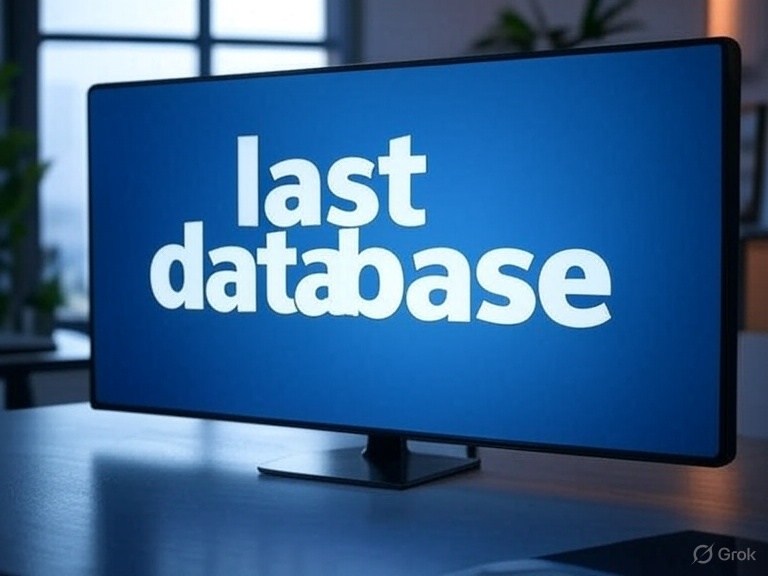Before looking at specific database technologies, thoroughly analyze your data and the innovation you aim to achieve:
Data Model and Structure:
Structured Data: Is your data highly organized and fits well into tables with predefined schemas (e.g., financial transactions, customer records)? Relational databases (SQL) like PostgreSQL, MySQL, or Oracle are strong candidates. They ensure last database data integrity (ACID compliance) and are excellent for complex queries and transactions.
Semi-structured/Unstructured Data: Do you have data with evolving schemas, nested structures, or varying formats (e.g., social media feeds, IoT sensor data, documents)? NoSQL databases are often a better fit.

Document Databases (e.g., MongoDB, Couchbase): Store data in flexible, JSON-like documents, ideal for content management, e-commerce, and real-time analytics with evolving data structures.
Key-Value Stores (e.g., Redis, DynamoDB): Simple, high-performance, and scalable for rapid data retrieval and caching (e.g., session management).
Column-Family Stores
(e.g., Apache Cassandra, HBase): Excel at handling massive volumes of data and write-heavy workloads, suitable for time-series data, log storage, and big data analytics.
Graph Databases (e.g., Neo4j, Amazon Neptune): nderstanding email marketing research: a simple guide Designed for complex relationships and networks (e.g., social networks, recommendation engines, fraud detection).
Data Volume, Velocity, and Variety (Big Data Considerations):
Volume: How much data do you have now, and how much do you expect to have in the future?
Velocity: How quickly is data generated and how fast do you need to process it (real-time vs. batch)?
Variety: What are the different formats and sources of your data?
Workload Patterns:
Transactional (OLTP): High volume of small, fast contact lists read/write operations (e.g., e-commerce orders). Strong consistency (ACID) is often critical here.
Analytical (OLAP): Complex queries over large datasets for insights and reporting. Data warehouses or specialized analytical databases are designed for this.
Hybrid (HTAP): Some modern databases are designed to handle both transactional and analytical workloads in real-time.
Specific Innovation Goals:
Are you aiming for real-time analytics, AI/ML integration, microservices architecture, personalized user experiences, or complex relationship analysis? The database choice should directly support these.
al databases) versus operational costs (especially for open-source and cloud-based solutions, which might leverage horizontal scaling more cost-effectively).
3. Selection Process & Considerations
Define Requirements (Deep Dive): Go beyond general needs. Specify exact data types, expected query patterns, latency tolerance, throughput requirements, and budget constraints.
Evaluate Database Types: Based on your data model and innovation goals, narrow down to a few suitable database types (e.g., relational, document, graph, columnar).
Shortlist Specific Products: Within those types, research specific database products (e.g., PostgreSQL vs. MongoDB vs. Neo4j vs. Cassandra).
